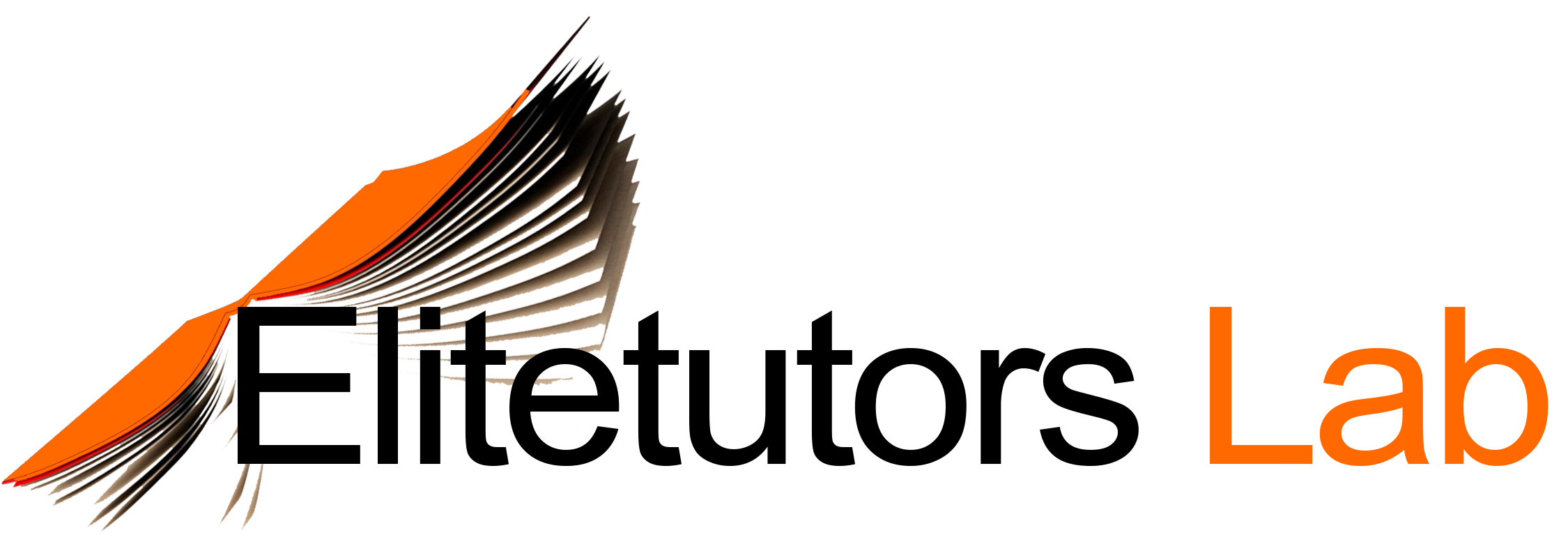This is a 2 part assignment the first one is the portfolio I included the reading list that you should get the information from , and the second is a poster where you should choose one ( paratext ) and create a poster and presentation notes
So please do the two parts for me
-Portfolio
– Poster
– 1 minute Presentation notes
Portfolio: Exploring Paratexts
Your portfolio will measure learning outcomes 4, 5, 6, 7 and 8. It counts toward 75% of your overall grade for this module. This exercise requires you to:
• • think and act creatively
• • read closely
• • apply and explain your knowledge
4. Analyse and evaluate the relationship between TV and film genres and the manner in which meaning is constructed for (and by) the spectator.
5. Contextualise approaches to genre study within their appropriate socio-cultural historical period.
6. Identify the economic, political and ideological implications of genre as an organising practice.
7. Consider the role and relevance of genre hybrids and the way in which genre exists on an everyday basis.
8. Research and articulate a complex argument in written form using the appropriate academic conventions.
Brief
You should produce and present an A3 poster which explores and analyses a paratext of your choice. It needs to demonstrate an understanding of how the paratext creates meaning
Further help, guidance and support for this portfolio will take place in the lecture and workshop sessions from weeks 7-12. There are also individual exercises and practical tasks on MyBeckett for you to work through in your own time.
Week 7, 9 Nov 2015 Understanding Paratexts
How do paratexts help us to make sense of genre, stars, texts, people, and places? This week introduces paratexts and considers whether we really can ‘judge a book by its cover’.
Required reading:
Gray, J. (2010). Show Sold Separately: Promos, Spoilers, and other Media
Paratexts, New York and London: New York University Press. Week 8, 16 Nov 2015 Meet the Superhumans
This week we explore how the paratexts of the London 2012 Olympic and
4
Paralympic Games help us form a shared understanding of ‘sport’ as a genre.
Required readings:
Belek, B. (2013) The Autism Anthropologist [Online]. Available: http://theautismanthropologist.wordpress.com/tag/saga-noren/ [Accessed 9 July 20914].
Hughes, S. (2012) Channel 4 turns superhumans into superstars [Online]. BBC Academy College of Journalism. Avaialable: http://www.bbc.co.uk/blogs/blogcollegeofjournalism/posts/Channel-4-turns- superhumans-into-superstars [Accessed 29 July 2013].
Week 9, 23 Nov 2015 Multi-sensory Meta-Texts
This week we address how genre moves beyond texts and helps us to imagine, move around, and share understandings of space and place.
The large group this week will take place in LSB107 (NOT BPA303). Required reading:
McKee, A. (2013) ‘The power of art, the power of entertainment’, Media, Culture & Society, 35(6), pp. 759-770.
Week 10, 30 Nov 2015 Intertextuality
This week examines how intertextuality is used to create meaning in genre and muddle narrative flow.
Required reading:
Johnson, S. (2005). Everything Bad Is Good for You: How Today’s Popular
Culture Is Actually Making Us Smarter. New York: Penguin Books, pp. 84-90. Week 11, 9 Dec 2015 Stars and Genre
How do stars help us to interpret genre? This week examines the ways in which stars help to construct genre, and considers how producers and audiences use their knowledge of stars to create meaning.
Required reading:
Long, P. & Wall, T. (2012). Representations of individuality: stars, personalities, celebrities. Media Studies: Texts, Production, Context. 2nd ed. Harlow: Pearson Education Limited, pp. 124-129.
Martin, B. (2013). Difficult Men: From The Sopranos and The Wire to Mad Men and Breaking Bad: Behind the Scenes of a Creative Revolution, London: Faber and Faber Limited, pp. 2-17.
Click Order now to have a similar paper completed for you by our team of Experts.
